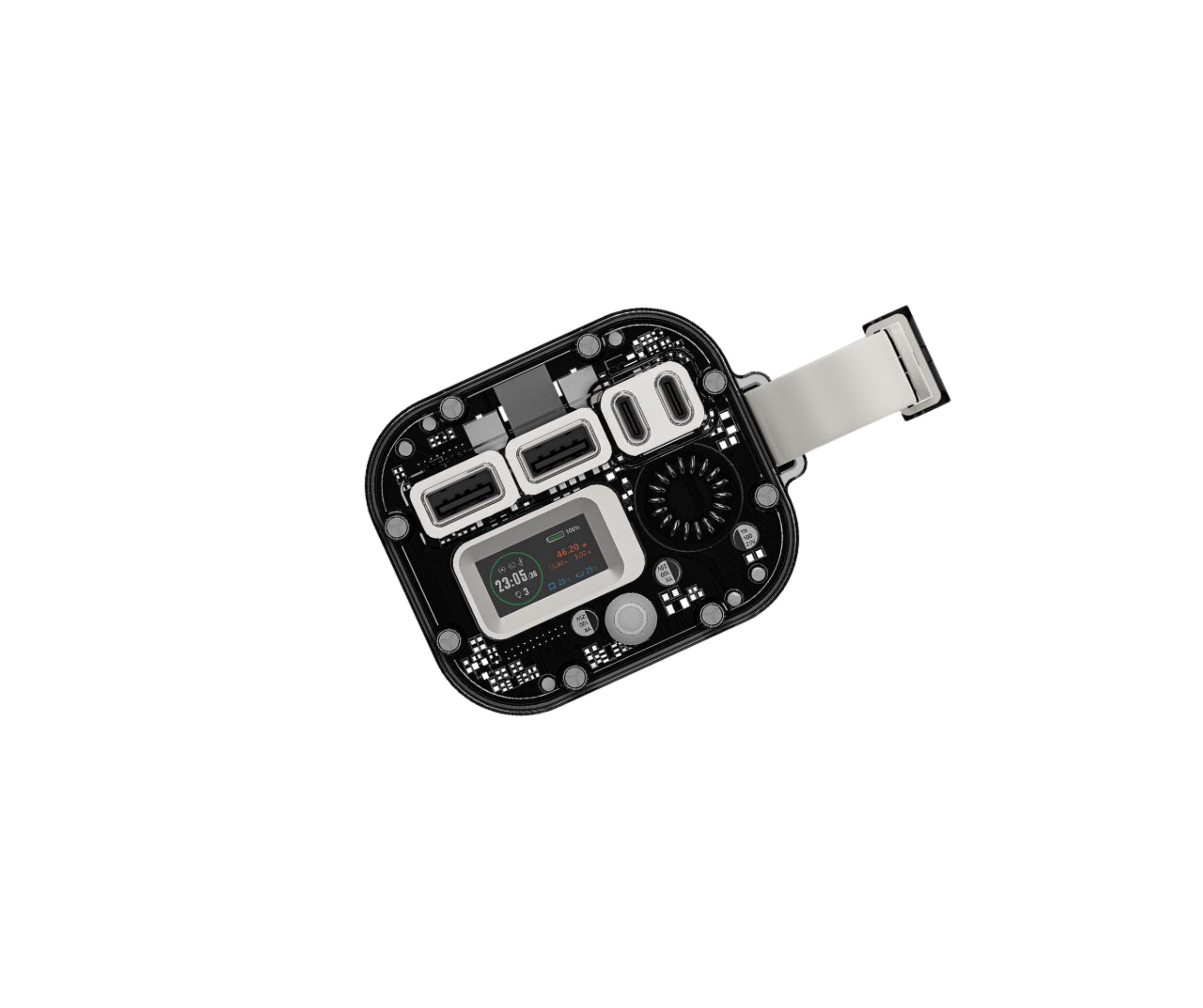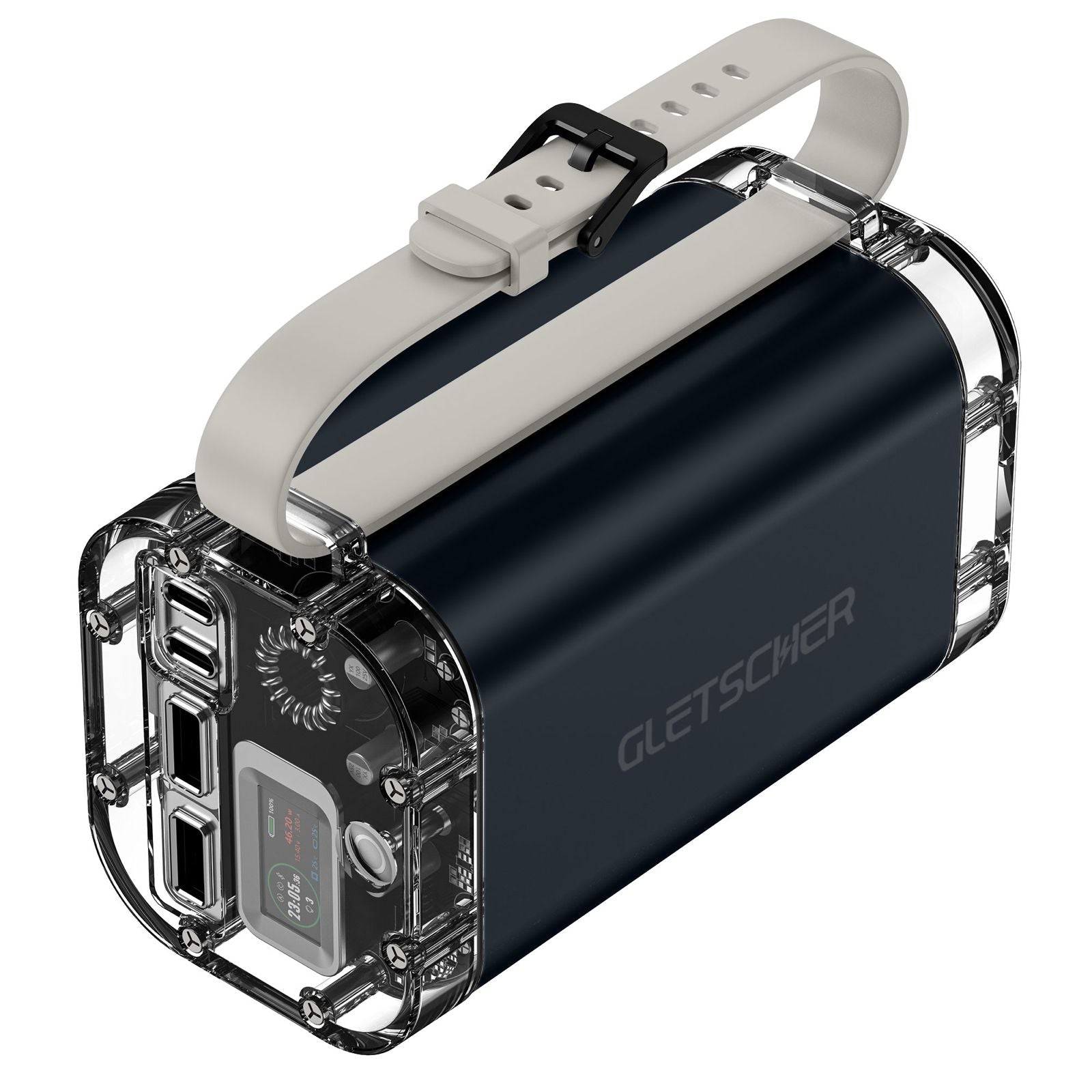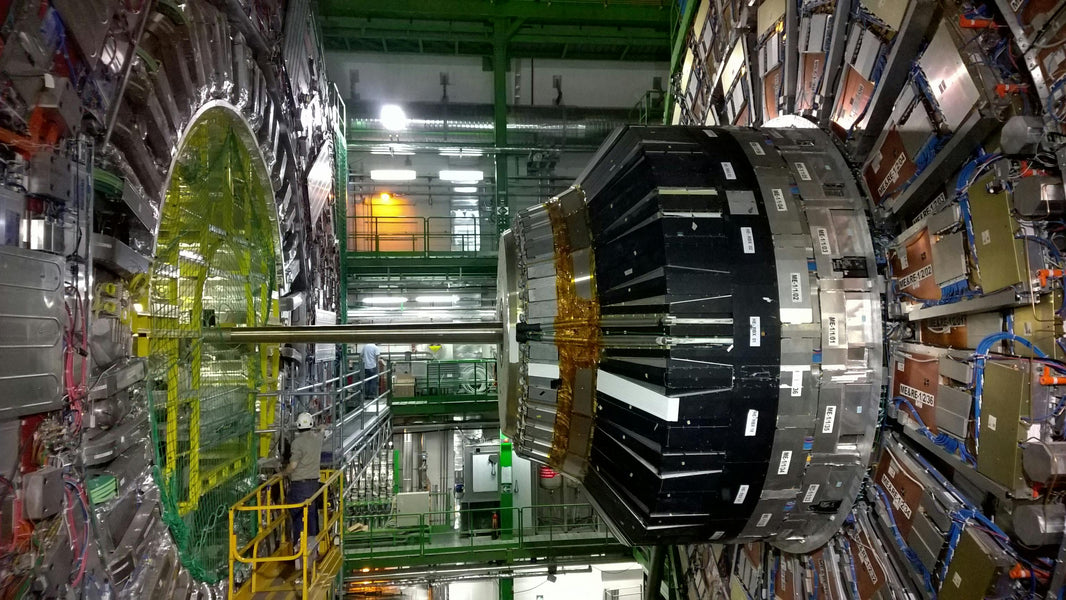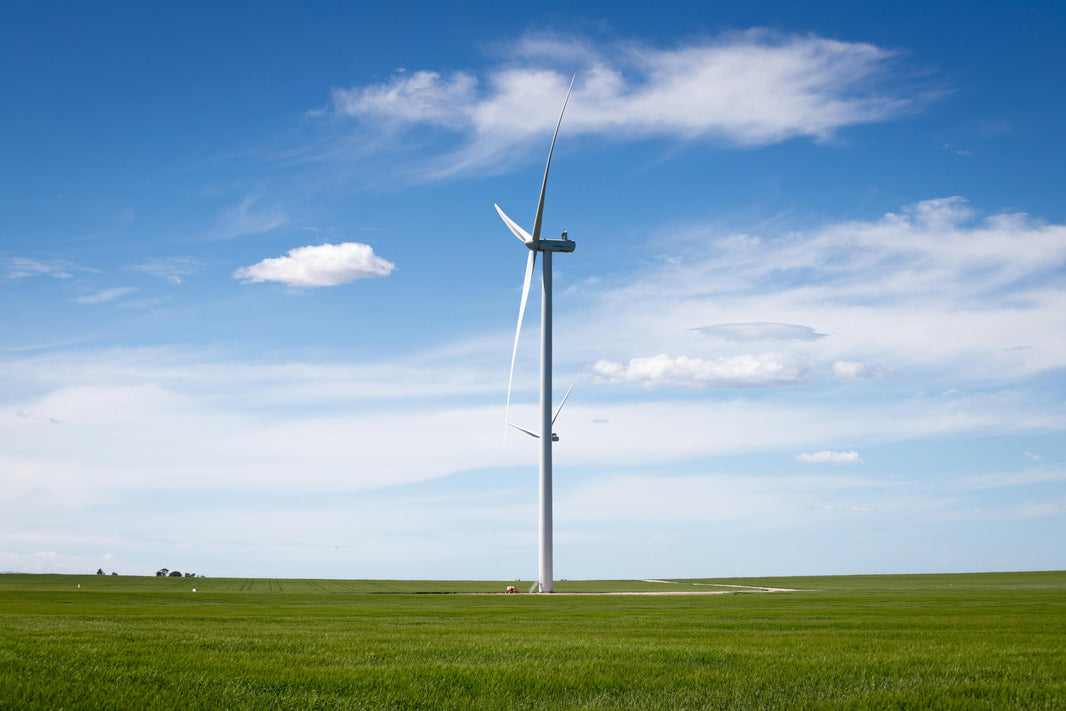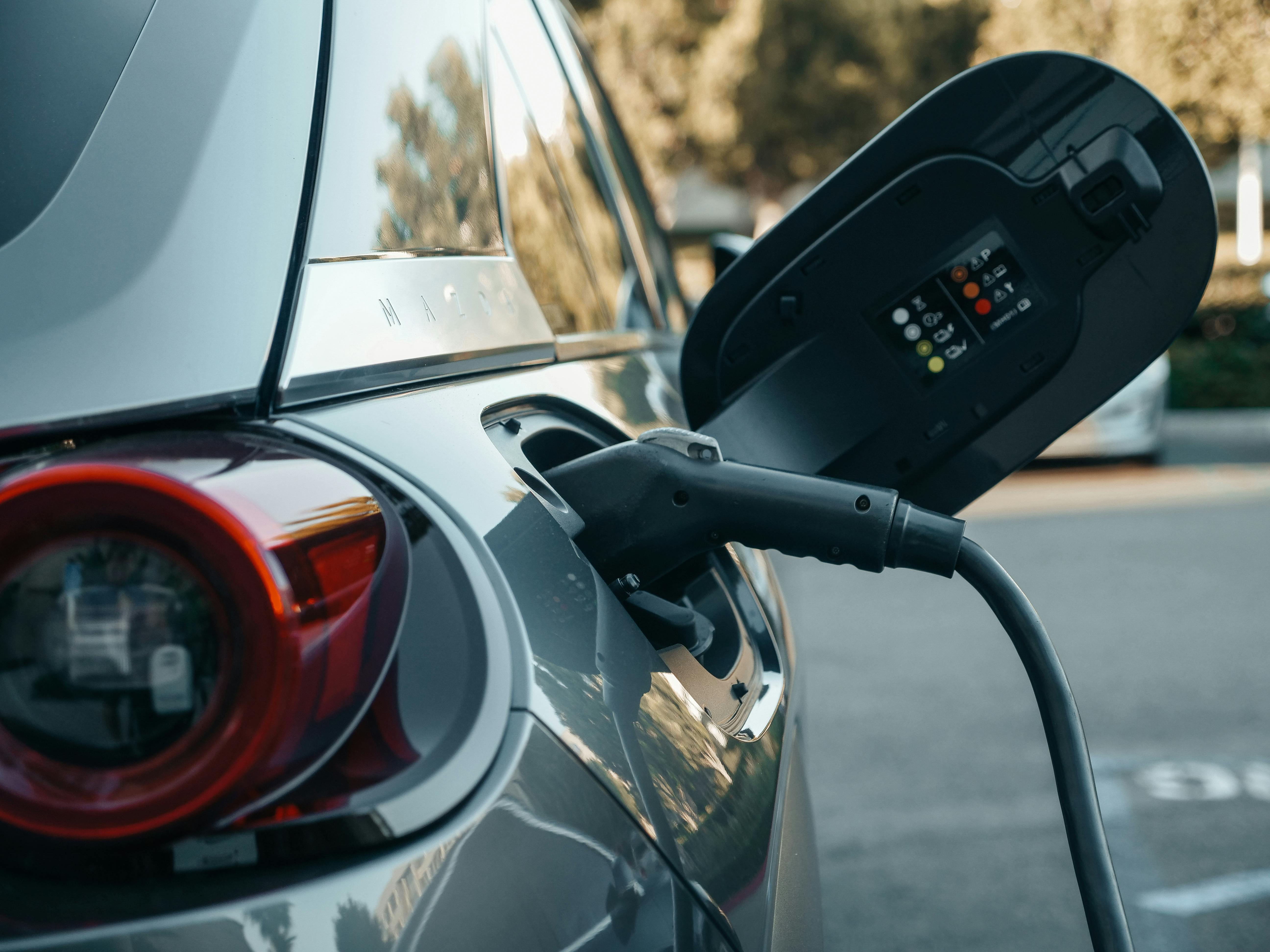Introduction
As the energy transition accelerates across the Gulf Cooperation Council (GCC), commercial solar investments are undergoing a profound transformation. While net metering once defined the baseline for solar ROI (return on investment), new policies, grid codes, and regulatory incentives are now redefining profitability and scalability. For developers, business owners, and energy strategists in the Middle East, understanding these changes is vital to future-proofing solar portfolios.
In this blog, we explore how GCC countries—particularly the UAE, Saudi Arabia, and Oman—are evolving beyond traditional net metering to introduce smart grid integration, commercial-scale solar credits, and long-term purchase agreements that significantly improve ROI models in 2025 and beyond.
The End of Simple Net Metering: A Regional Snapshot
Net metering allowed businesses to offset electricity bills by exporting excess solar energy to the grid. But as commercial solar adoption grows, GCC utilities are pivoting towards more sophisticated models:
UAE: Dubai Electricity and Water Authority (DEWA) no longer offers blanket net metering but emphasizes its Shams Dubai initiative, enabling system owners to export electricity at marginally adjusted tariff rates. Abu Dhabi uses a reverse feed-in tariff structure.
Saudi Arabia: Through the SEC and the Renewable Energy Project Development Office (REPDO), the Kingdom is introducing time-of-day tariffs and rewarding daytime generation for commercial users.
Oman: The Sahim II program has shifted from simple net metering to aggregated billing and behind-the-meter incentives for commercial installations.
This policy evolution reflects the broader shift toward grid balance, peak shaving, and energy independence, especially as utility-scale renewables expand.
Commercial ROI: Then vs. Now
Traditional Net Metering ROI Model
In a legacy net metering setup:
-
Payback period: 8–12 years
-
Annual savings: 10–15% of energy costs
-
Grid reliance: High
Emerging 2025 ROI Models in GCC
With the new frameworks:
-
Payback period: 4–7 years
-
Annualized ROI: 12–18%, depending on country
-
Grid reliance: Moderate to low, especially with hybrid storage
Example: A 500kW rooftop solar system in Dubai now benefits from revised DEWA credits and can break even in under 6 years if paired with on-site energy storage.
Factors Reshaping ROI in 2025
Policy-Linked Commercial Tariffs
Governments are introducing tiered tariffs and capacity thresholds to reward larger installations. For example:
-
In Saudi Arabia, large commercial installations (above 250kW) receive enhanced feed-in rates during peak hours.
-
In Oman, aggregation allows businesses in the same industrial cluster to share credits, improving ROI across facilities.
Hybrid Storage Integration
Storage is now often part of GCC commercial solar designs:
-
Adding a 200 kWh battery can reduce peak-time reliance by 45%
-
Improves ROI by allowing energy time-shifting and grid resilience
Gletscher Energy’s Onyx Series hybrid energy storage is engineered for high-heat, grid-interactive applications—ideal for GCC SMEs and logistics hubs.
Corporate PPAs & Long-Term Solar Leasing
As direct grid compensation shrinks, PPAs (power purchase agreements) and lease models become attractive:
-
10–15-year PPA contracts now offer levelized costs as low as $0.05/kWh
-
Leasing enables commercial clients to install solar with zero upfront capital, trading capex for monthly savings
Gletscher Energy partners with infrastructure providers to customize B2B solar leasing bundles, enabling faster regional adoption.
Digital Metering & Load Forecasting
With the rollout of smart metering, solar users can monitor and forecast load more effectively:
-
Smart billing tools enable dynamic energy management
-
AI-powered inverters (like Gletscher Energy’s Alloy Series) forecast load patterns and optimize real-time dispatch
GCC Case Snapshot: Hospitality Sector
Hotel Group in Abu Dhabi:
✔ Installed 600kW rooftop solar + 400kWh battery storage
✔ ROI increased by 22% over 7 years vs. legacy net metering
✔ Enabled smart demand shifting and reduced diesel backup reliance
What This Means for Energy Planners and Developers
With the sun-drenched environment of the GCC and falling hardware costs, solar potential is enormous. But the true differentiator in 2025 is:
✔ Understanding evolving local policies
✔ Optimizing with hybrid and digital solutions
✔ Securing strong PPA/lease agreements
Gletscher Energy supports this through:
✔ Grid-compliant solar inverters and storage
✔ Feasibility & ROI calculators for commercial clients
✔ Technical guidance aligned with GCC policy shifts
Conclusion
Net metering is no longer the main story in GCC solar. The real opportunity lies in mastering the new regulatory tools, leveraging hybrid technologies, and designing smarter commercial ROI strategies.
With the right integration partner, commercial solar in the Middle East can now deliver faster payback, stronger grid independence, and long-term resilience.

